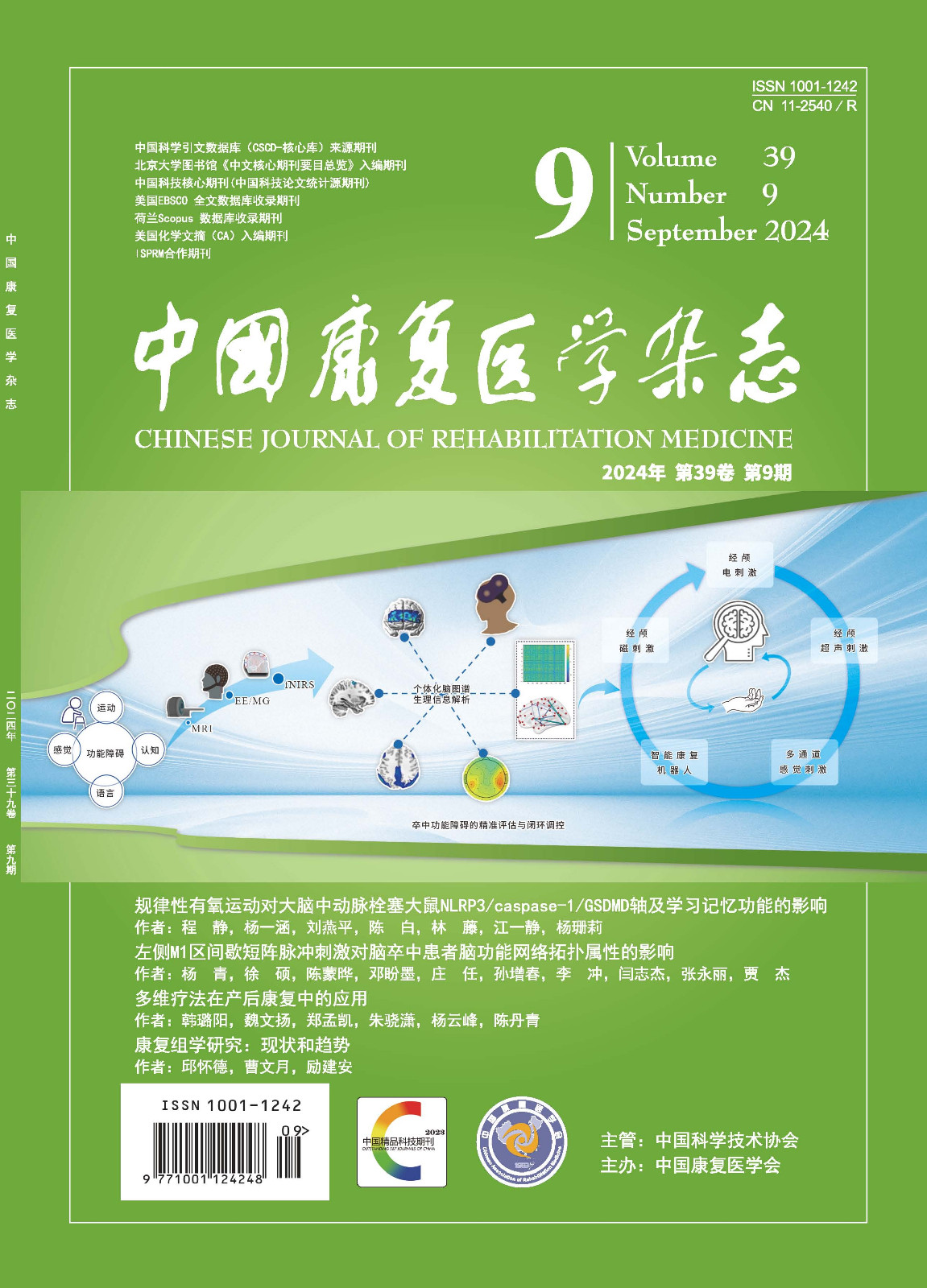中国物理治疗的现状
Q4 Medicine
引用次数: 11
摘要
中国目前的卫生系统是在中西医结合的基础上发展起来的。中国是世界上唯一一个医生数量超过护士数量的国家,但理疗等其他卫生专业的教育项目发展缓慢。就物理治疗而言,直到中国赢得奥运会主办权,才获准建立第一个物理治疗项目。从那时起,中国经历了一个经济快速增长的时期,使许多人的生活水平和健康状况得到了提高,但与此同时,中国面临着大规模的城市化、工业化、日益严重的环境健康威胁、日益扩大的健康差距和人口老龄化。在中国康复医学协会的支持下,在政府增加对公共卫生和康复的投资以及国际教育专家的参与下,已开始制定物理治疗入门级教育方案,目前有9个方案至少在一定程度上参照了世界物理治疗联合会的国际准则。本文探讨了中国物理治疗教育的发展,并讨论了未来可能的选择,以便随着14亿人对物理治疗服务需求的增长,该职业做好准备,对入门级物理治疗师的期望标准不会妥协。中图分类号:R493文献标识码:一个文章编号:1001 - 1242 (2013)06-0493-11本文章由计算机程序翻译,如有差异,请以英文原文为准。
The Current Status of Physical Therapy in China
The current health system in China has evolved by embracing both traditional Chinese medicine and Western medicine. China is the only country in the world where the number of doctors is larger than the number of nurses but education programmes for other health professions like physical therapy have been slow to develop. In the case of physical therapy it was not until China won the bid for the Olympic Games that permission to establish the first physical therapy programme was granted. Since then China has undergone a period of rapid economic growth enabling many people to have a higher standard of living and improved health, but at the same time the country is faced with massive urbanization, industrialization, increasing environmental health threats, increased health disparities and an aging population. With the support of the Chinese Association of Rehabilitation Medicine, an increased investment by the Government in public health and rehabilitation and engagement of international education experts, entry-level education programmes for physical therapy have started to develop and there are now nine which are modeled, at least to some extent, on the World Confederation for Physical Therapy's international guidelines. The paper explores the development of physical therapy education in China and discusses possible options for the way forward so that as the demand for physical therapy to service 1.4 billion people grows, the profession is prepared and the standards expected of the entry-level physical therapist will not be compromised. 中图分类号:R493 文献标识码:A 文章编号:1001-1242(2013)-06-0493-11
求助全文
通过发布文献求助,成功后即可免费获取论文全文。
去求助
来源期刊

中国康复医学杂志
Medicine-Rehabilitation
CiteScore
0.30
自引率
0.00%
发文量
9621
期刊介绍:
Chinese Journal of Rehabilitation Medicine is a national professional core journal sponsored by the Chinese Society of Rehabilitation Medicine. It is openly circulated at home and abroad. The contents are mainly related to the rehabilitation treatment of motor system and related advanced nerve center dysfunction, cardiorespiratory dysfunction and so on. It has been successively included in China Science and Technology Journal Management Database and China Biomedical Literature CD-ROM Database. In January 1996, it became one of the first selected journals of China Academic Journals (CD-ROM Edition) co-sponsored by Beijing Tsinghua Information System Engineering Company, the National Engineering Center of CD-ROM Edition, and in 1998, it was selected as an online scientific and technological journal by China Institute of Scientific and Technological Information and can be accessed instantly on the international Internet. The full text can be accessed instantly on the Internet.
 求助内容:
求助内容: 应助结果提醒方式:
应助结果提醒方式:


